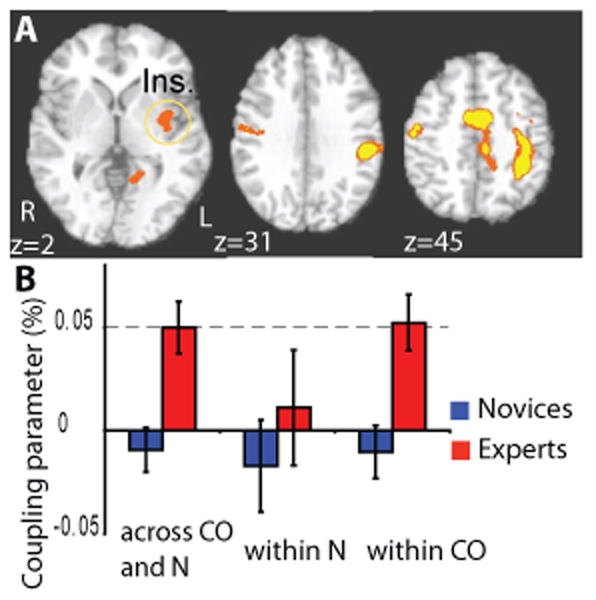Figure 2. Expertise effect on HR/BOLD coupling parameter across states.

A. Voxel-wise analysis comparing the coupling between HR and BOLD across states (compassion and neutral) between 10 experts (red) and 12 novices (blue) (z = 2, corrected, color code: orange, p < 0.05, yellow, p < 0.02) in insula (ins.). B. The cluster in the left insula shows an expertise-related effect consistent with our previous study (Lutz, 2008). The average HR/BOLD coupling in the left insula (Ins.) was larger for experts than novices (t-test, t(1,20) = 3.6, p < 0.005) and significantly positive for experts (t-test, t(1,9) = 3.9, p < 0.005). The coupling in this cluster shows additional emotion-specific effects: for both groups, there was no significant coupling within the neutral state (t-test, at least p>0.45 with each group), but, within the compassion state, the coupling was higher for experts than novices (t-test, t(1,20) = 3.8, p < 0.005) and was significantly positive only for the experts (t-test, t(1,9) = 4.0, p < 0.005). The HR/BOLD coupling represents the percent BOLD signal change per ratio of change in heart rate.
